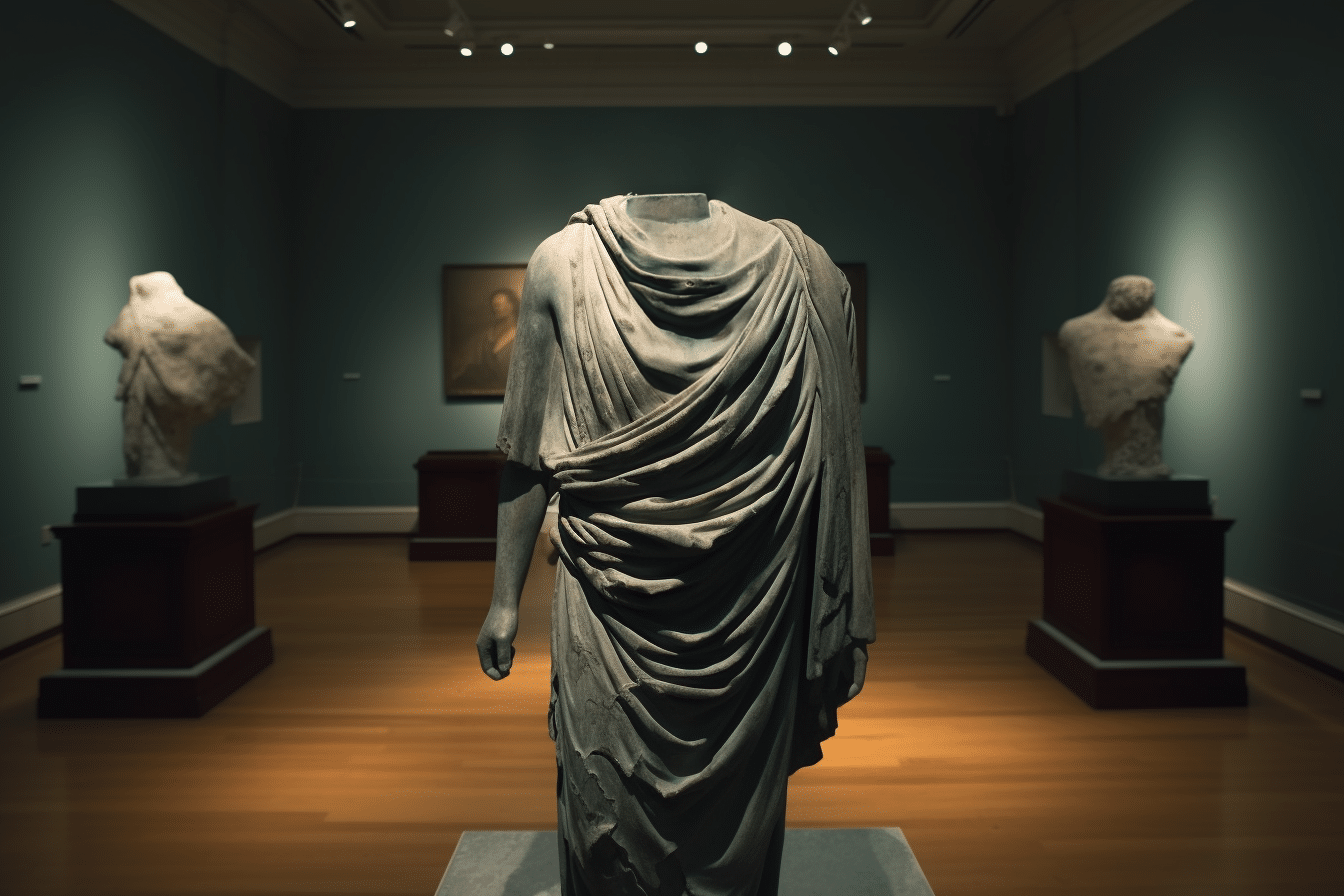
The Cleveland Museum of Art is entangled in a contentious legal battle to prevent the confiscation of a headless bronze statue, valued at a staggering $20 million, by US investigators. The museum’s assertive stance comes after a New York judge deemed “reasonable cause” to suspect the artifact, acquired nearly 40 years ago, was stolen from Turkey. The museum, challenging the seizure, questions the sufficiency of evidence regarding the statue’s alleged looting and unclear provenance.
“The Manhattan District Attorney’s Office has successfully recovered more than 4,600 illegally trafficked antiquities from numerous individuals and institutions,” stated the prosecutor’s office, underscoring their resolve in the matter. Yet, the Cleveland Museum of Art, defending its prized piece, cites significant scholarly doubt over its historical attribution. The museum’s former curator of ancient art, Arielle Kozloff, suggests the statue’s connections to Bubon—an ancient city in modern-day Turkey—are speculative at best. With the statue’s identity, which may represent a philosopher or statesman like Lucius Verus or Sophocles, shrouded in mystery due to its missing head, the museum holds that firm identification is unattainable.
As the investigation proceeds, with the artifact remaining at the museum but under the shadow of legal scrutiny, its commitment to its collection and its reputation for due diligence face a historic test. This headless statue once thought to portray Roman emperor Marcus Aurelius, now stands at the center of an international debate over cultural property, provenance, and the ethics of art acquisition.
The Cleveland Museum of Art’s lawsuit encapsulates the complex issues surrounding the ownership of ancient artifacts. As the case unfolds, it raises crucial questions about the stewardship of cultural heritage and the responsibilities of modern institutions in addressing potentially dubious historical acquisitions. The museum remains steadfast in its defence, awaiting a legal resolution to this archaeological quandary.
